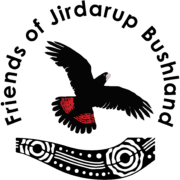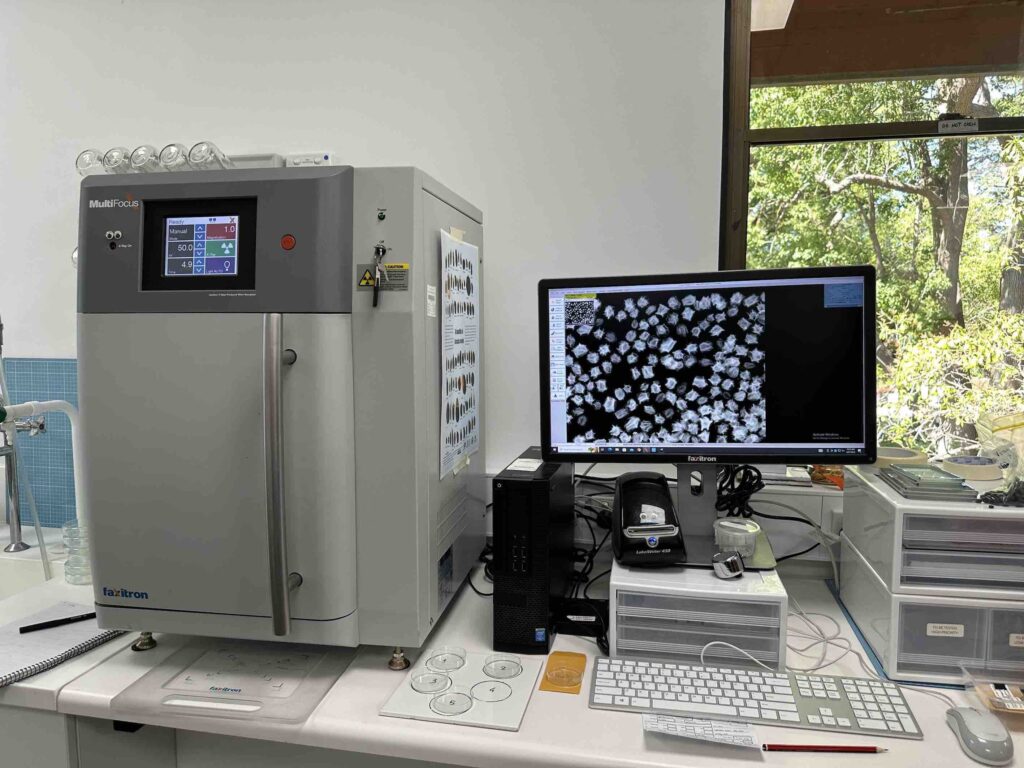Sophie Marshall interviewed Dr Michael Just and Dr Shane Turner, April 2024.
Over the next few months on ground restoration work will commence for the degraded Kent Street sandpit in the Jirdarup Bushland Precinct.
This will be one of the first times that complete restoration of an urban banksia woodlands has been attempted in the world. It will be a complex process requiring extensive trials and monitoring, with much to learn along the way.
Located in East Victoria Park and tucked away at the end of Etwell Street, the 18-hectare Jirdarup Precinct includes not only the sandpit, but also the 9-hectare Kensington Bushland, which is home to one of the most pristine and high-quality banksia woodlands remaining in inner Perth.
The Precinct hosts an abundance of flora and fauna. Almost 70 bird species have been sighted there—including the spectacular Carnaby’s and Forest Red-tailed Black Cockatoos—as well as over 200 native plant species, a range of reptiles, and numerous invertebrates.
For more than 60 years, the Kent Street sandpit—which covers 4 hectares of the Jirdarup Precinct—has evolved through its varied uses, originally as an excavation site from the 1940s until 1992, and as a rubbish tip and Council storage site until 2006, when operations ceased. During these years it has also been used as a rifle range and even as a cross-country track for students from the local high school.
From 2006, the sandpit remained closed off as a contaminated site until 2017, when it was reclassified as contaminated but ‘remediated for restricted use’ by the Department of Water and Environmental Regulation.
Local community groups have continuously rallied for its regeneration, with the Friends of Jirdarup Bushland being a voice for its restoration since their formation in 2000.
Curtin University’s Professor Kingsley Dixon AO, a world leader in conservation and restoration science, worked with the Friends to lay the foundations for a commitment to the sandpit’s restoration.
The Friends created a community petition in 2019, and the Town of Victoria Park formally committed to a “best practice” restoration of the sandpit to Banksia Woodland in 2021. The first concept plan was published in 2022 and in 2023 detailed planning work commenced.
With the collaboration of academia and community groups, the project’s progression represents what can be achieved when a community comes together to advocate for a cause.
Led by Professor Dixon and a team at Curtin University, the project will strive for best practice environmental restoration, with the ongoing involvement of Curtin environmental science staff and students, the local community, and representatives of the traditional owners of the land, the Whadjuk Noongar people.
Dr Michael Just and Dr Shane Turner are two of the Curtin University environmental science staff involved in the research guiding the restoration process.
“The plan originally started with the drive of community groups such as the Friends, who strived for five-star restoration and reached out to Professor Dixon, who offered his expertise,” Michael said.
“The Jirdarup Bushland has about 200 native species, attempting to restore that pristine of a community is well ahead of the standard practice. Funnily enough, Jirdarup is more biodiverse than Kings Park per hectare, and getting that kind of diversity into a planting mix requires a lot of planning and trial”.
And it’s not just the bushland that will thrive as a result of the project, as it provides a rare opportunity for Curtin students to gain significant real-world experience.
“What’s great is that we have a lot of students involved. Most of the time, they do hypothetical reports that get discarded after they submit their work. This project will give them a real-world experience, where they can see direct benefits from their actions and network with people they’ll probably work with in the future—some might even have their doctorates come out of this!” Shane said.
The current stage of restoration involves continuous weed control while the Town continues its seed collection program. Testing of collected seeds has begun, along with the production of tube stock, both of which will be vital for trials taking place in Autumn and Winter of this year, along with future plantings.
“Between 2025 and 2027, progressive seeding and tube stock planting will commence, with ongoing monitoring and continued surveys of the reference community (Kensington Bushland) informing and guiding improvements in our methodology,” Michael said.
“Both the work put in and the momentum behind the project are important in showing other local governments that environmental issues are something communities are very passionate about, and that the conservation and restoration of our Banksia woodlands needs to be taken seriously.”
The project is an illustration of the value of academic collaboration with community voices and demonstrates how this can assist local shires in developing accurate plans for such significant undertakings.
The goal is a well-established, thriving and biodiverse community that resembles the Banksia woodland of Kensington Bushland by 2043.
“So far, it’s been a great bridge-building exercise between academia, local community groups, and local councils,” Shane said.
For regular updates on the restoration progress, or to get involved, visit the Friends of Jirdarup Bushland website.



